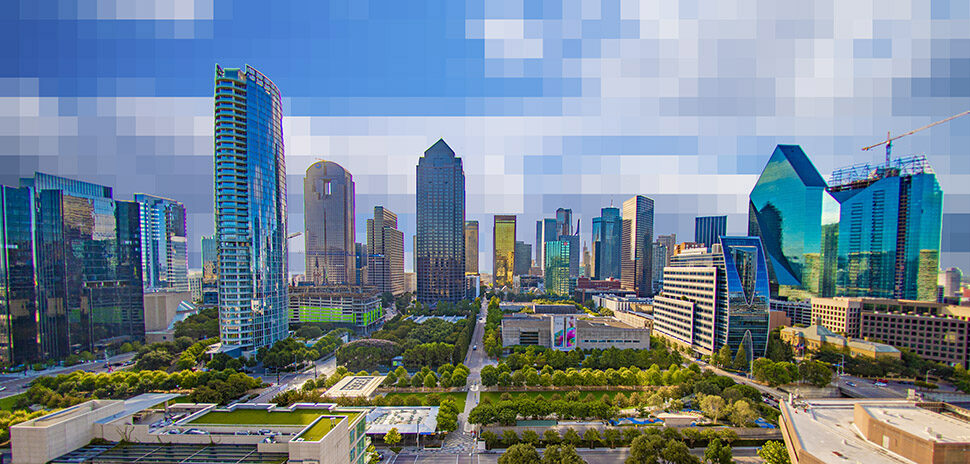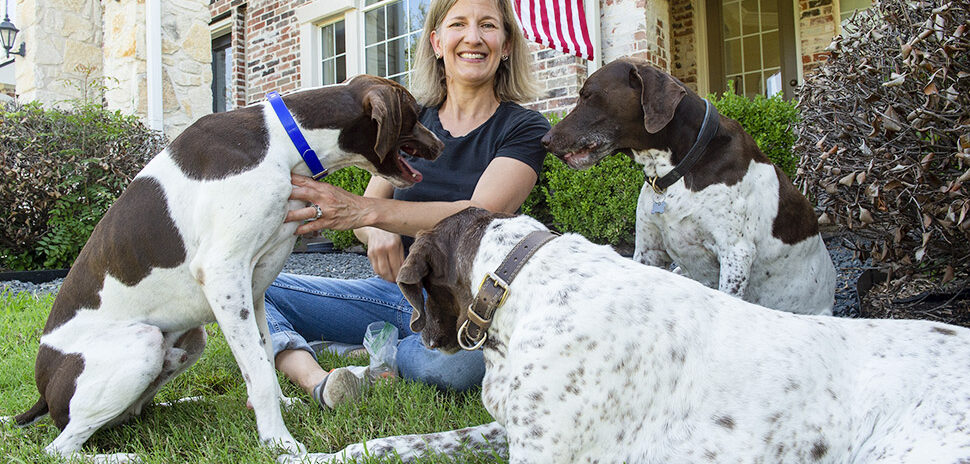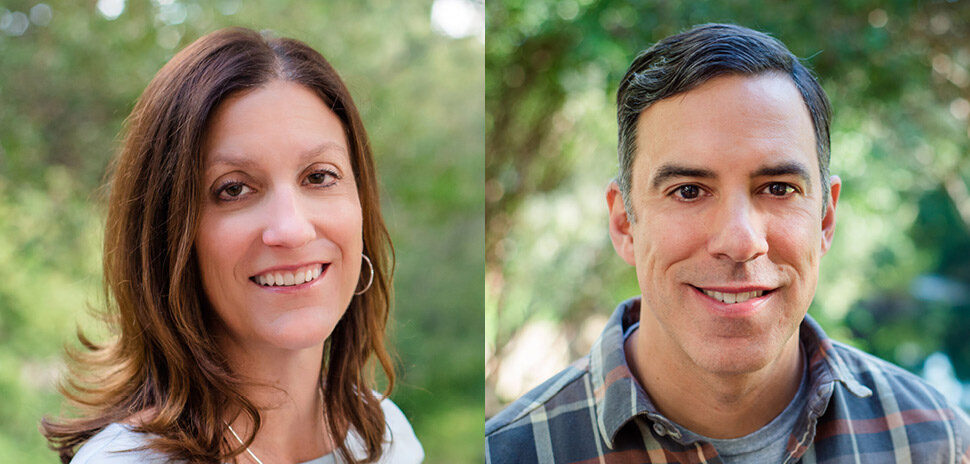Arcadia Realty Corp. co-founders John Hodge and Bill Gietema want to build neighborhoods that attract families — generation after generation.
Dallas-based Arcadia specializes in developing master-planned mixed-use developments that blend single-family homes with townhomes, apartments, health and fitness, open spaces, commercial businesses, and other amenities.
Co-founders John Hodge and Bill Gietema design their properties with a simple question in mind.
“How do we create great places?” Gietema said. The answer comes in the form of innovative developments that put the needs of families and the cities they live in first.
The two have been working together since their days as students at the Massachusetts Institute of Technology, where both earned masters’ degrees.
“I consider him one of the best planners in the nation. Some of this stuff really is cutting edge.”
John Hodge on his partner
Hodge has great admiration for Gietema, who is responsible for the firm’s entitlements, land planning, and development operations.
“I consider him one of the best planners in the nation,” Hodge said of Gietema. “Some of this stuff really is cutting edge.”
Hodge is responsible for acquisitions, finance, strategic planning, and administration.
“John is the master of getting banks,” Gietema said of his partner.
Together, they have developed some of the most-creative traditional communities in North Texas — places such as The Canals at Grand Park in Frisco, the Homestead at Liberty Grove in Rowlett, The Parks at Raiford Crossing in Carrollton, the 333-acre HomeTown North Richland Hills, Cambridge Gate in Dallas, and The Homestead in Carrollton.
![Arcadia's Bill Gietema, left, and John Hodge. [Photo by Lance Murray]](https://s24806.pcdn.co/wp-content/uploads/2017/08/arcadia-realty_02_970.jpg)
Bill Gietema, left, and John Hodge with plans for several of their neighborhoods. [Photo by Lance Murray]
What makes their more-than 30 communities unique is the approach Gietema takes to incorporating multiple features into communities with planned traffic flows, plentiful amenities, and an approach that attracts families as they grow and age. They build neighborhoods that are attractive to young and old alike, a place where children buy homes near their parents and their grandparents.
Take The Canals at Grand Park in Frisco, for example. In addition to its mix of urban flats, townhomes, single-family homes for adults and families with children, you’ll find senior independent living, assisted living, and memory care facilities in one neighborhood.
Arcadia has found success, in great part, because it has worked with the leaders in DFW cities to design rules that create long-term value for the homeowners and the city.
Arcadia does market research to determine what clients want, and is willing to try different things to see how they work out and are accepted.
It has developed state-of-the art “visual preferencing” techniques and supports an MIT research project into homebuyer preferences.
They make sure that their neighborhoods have a variety of housing types for a variety of households.
“We’ve got some neighborhoods where people have moved three to four times to stay in the neighborhood,” Gietama said.
ARCADIA SEES NEIGHBORHOODS AS A LIFESTYLE
They want people to see their neighborhoods as a lifestyle, not just a place that provides shelter.
Gietema and Hodge have worked hard to show cities that if they work together in zoning and setbacks, that the developers can create locations that have a long life and will have sustainable values moving forward.
“The most-sustainable neighborhoods are the ones that are most-loved,” Gietema said.
In its first large-scale traditional neighborhood — The Homestead at Carrollton — Arcadia introduced the use of “Gift to the Street” setbacks to allow for porches and bay windows in the front of the house while putting vehicle parking in the back.
Arcadia introduced the use of detached garages and “granny flats” to the area. Granny flats are self-contained accommodations on a property that are appropriate for an elderly relative.
The neighborhood used one-way streets around parks and replaced an arterial road with parallel residential collectors.
Gietema said that more than 90 percent of buyers want their property in that design and that some cities have a new generation of planners that are progressive and have “a better insight of what people want.”
“We kind of harvest dreams. We’re going to design a place with you in mind.”
Bill Gietema
He said the city of Rowlett is a good example of that new way of thinking about residential development.
“It’s a great time to be a developer of traditional neighborhoods,” Gietema said.
“We kind of harvest dreams,” he said. “We’re going to design a place with you in mind.”
Hodge and Gietema are selective about the builders that they allow to construct homes in their neighborhoods — they’ve worked with three to four builders over the years.
Gietema said that the teamwork between the developer, the builders, and the planners is like an orchestra, with the land as the concert hall.
And, it’s important to Hodge and Gietema that they accomplish what they say they will in their neighborhoods.
“We sacrifice bottom line to be good on our word,” Gietema said. “The ethical aspect of real estate development — I’m totally passionate about that.”
This article first appeared in the Dallas-Fort Worth Real Estate Review.
Dallas Innovates, every day
One quick signup, and you’ll be on the list.
View previous emails.

![Arcadia's Bill Gietema, left, and John Hodge. [Photo by Lance Murray]](https://s24806.pcdn.co/wp-content/uploads/2017/08/arcadia-970_update.jpg)





























